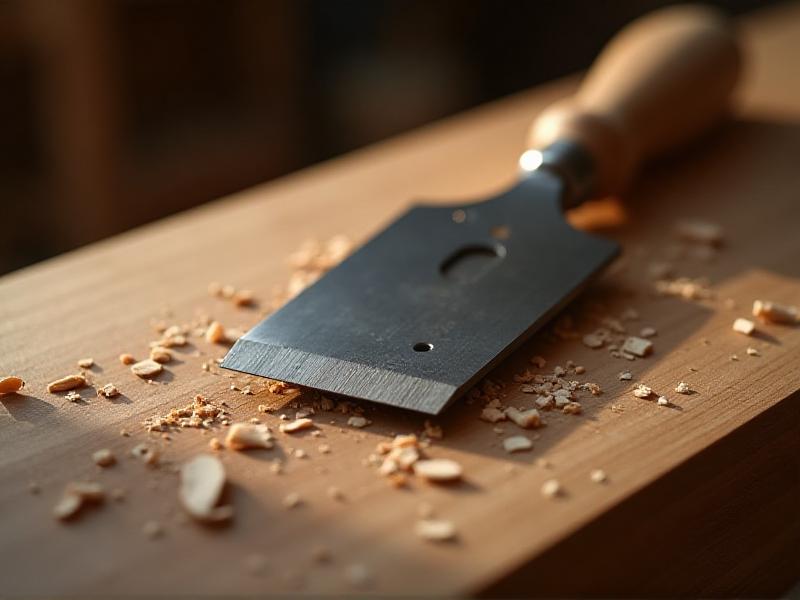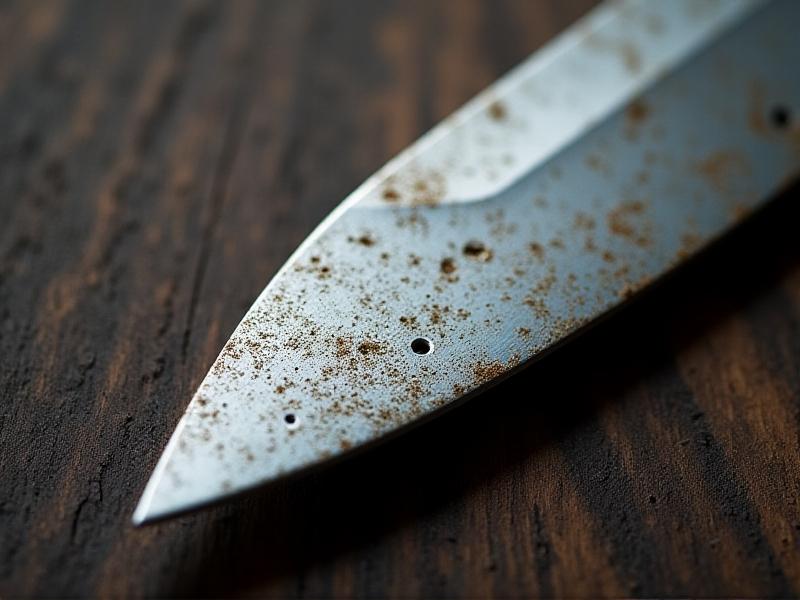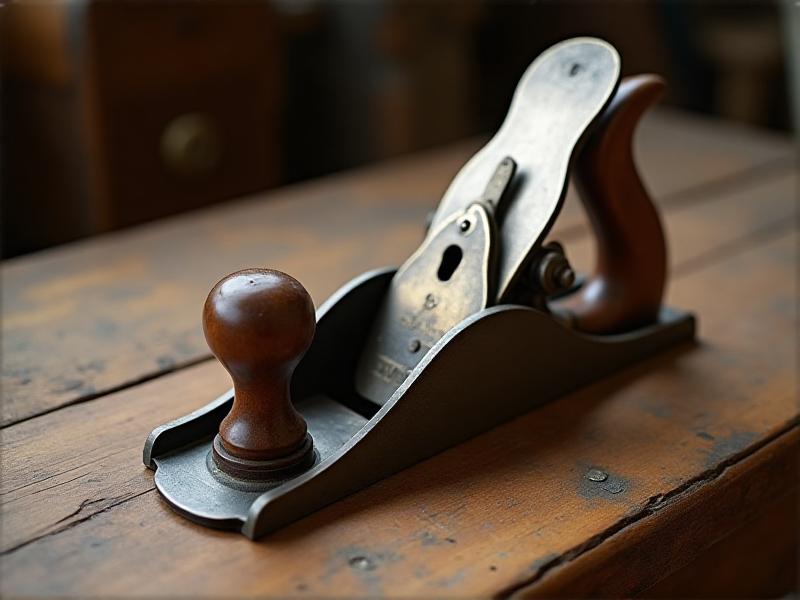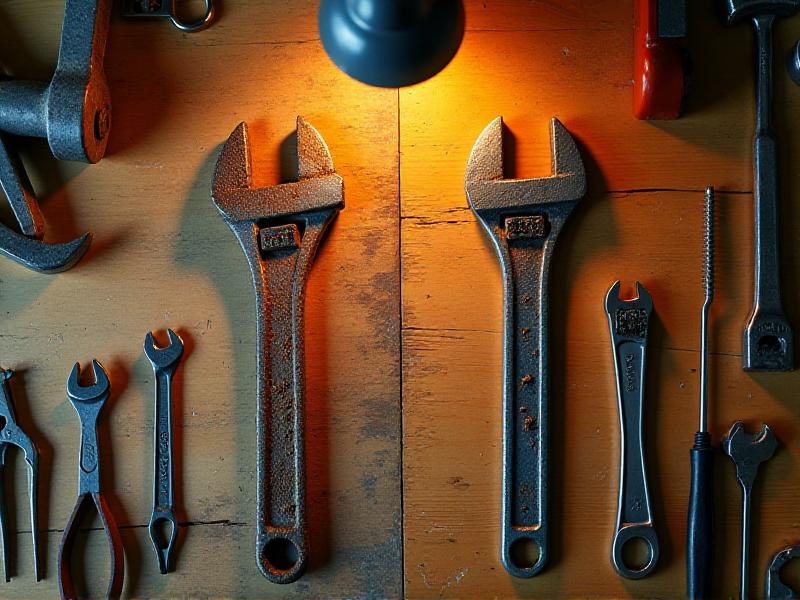Wooden Plane Maker’s Stamp Authentication
The History of Wooden Plane Makers and Their Stamps
Wooden planes have been essential tools in woodworking for centuries, with their origins tracing back to ancient civilizations. The craftsmanship of these tools was often a family tradition, passed down through generations. One of the most fascinating aspects of wooden planes is the maker’s stamp, a unique identifier that signifies the artisan who created the tool. These stamps were not just marks of ownership but also symbols of pride and quality. Early stamps were simple, often just initials or a family crest, but as the craft evolved, so did the complexity and artistry of these marks.
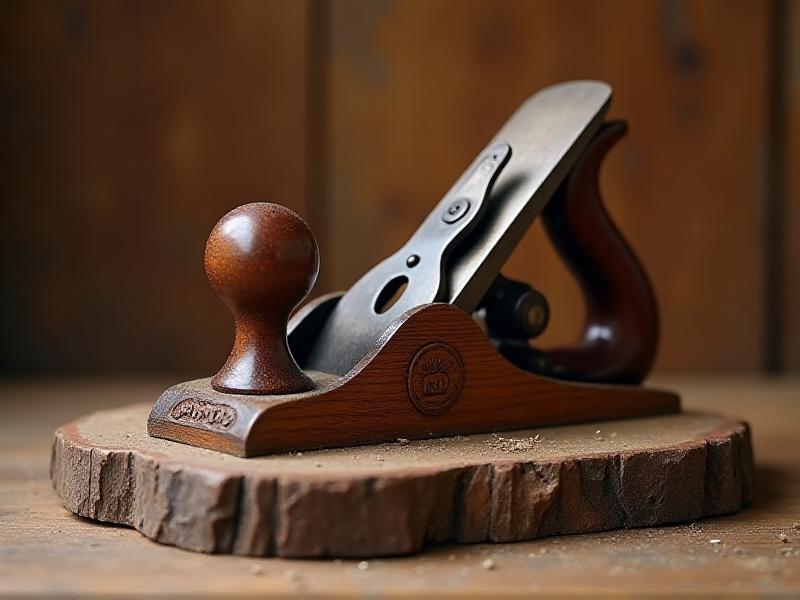
In the 18th and 19th centuries, the wooden plane industry flourished, particularly in Europe and North America. Makers like Norris, Mathieson, and Spiers became household names among woodworkers. Their stamps became highly sought after, not just for the quality of the planes but also for the prestige associated with the maker’s name. Collectors and historians today often use these stamps to trace the lineage of a plane, uncovering stories of the artisans and the eras in which they worked.
The Anatomy of a Wooden Plane Maker’s Stamp
A wooden plane maker’s stamp is more than just a mark; it’s a piece of art that tells a story. Typically, these stamps are located on the body of the plane, often near the front or on the side. The design can range from simple text to elaborate engravings, including the maker’s name, location, and sometimes even a motto or symbol. The materials used for the stamp varied, with some makers using metal stamps to imprint their mark, while others carved it directly into the wood.
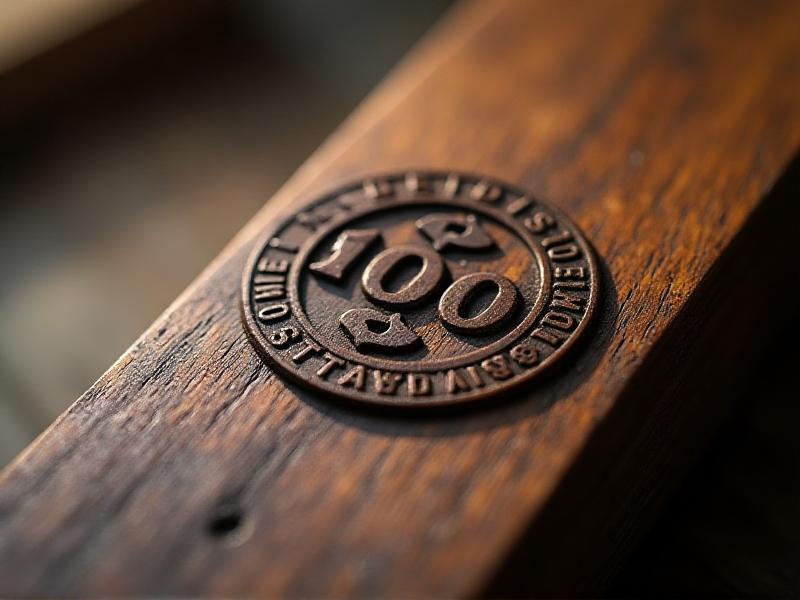
The size and style of the stamp often reflect the time period and region in which the plane was made. For example, early American stamps were often larger and more ornate, while European stamps tended to be smaller and more understated. The font used in the stamp can also be a clue to its authenticity, as different periods favored different typographic styles. Understanding these details is crucial for anyone looking to authenticate a wooden plane.
Why Authentication Matters in the World of Wooden Planes
Authentication is a critical aspect of collecting and preserving wooden planes. With the rise of counterfeit tools in the market, verifying the authenticity of a plane has become more important than ever. A genuine maker’s stamp not only adds value to the tool but also ensures that it is a true representation of the artisan’s work. For collectors, owning an authenticated plane is akin to owning a piece of history, a tangible connection to the past.
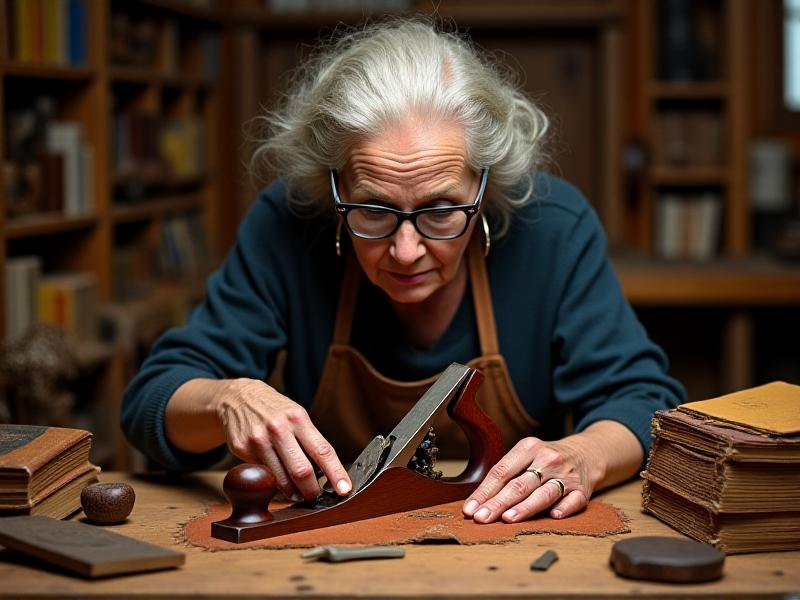
Authentication involves a combination of research, expertise, and sometimes even technology. Experts often compare the stamp to known examples, looking for inconsistencies in the design, font, or placement. They may also examine the plane’s construction, materials, and wear patterns to determine its age and origin. In some cases, advanced imaging techniques are used to analyze the stamp in greater detail. The goal is to ensure that the plane is not only genuine but also accurately attributed to its maker.
Common Pitfalls in Authenticating Wooden Plane Stamps
While the process of authentication may seem straightforward, there are several common pitfalls that collectors and experts must be aware of. One of the most significant challenges is the prevalence of counterfeit stamps. Over the years, many fake stamps have been created, often using modern tools to replicate the appearance of an antique mark. These counterfeits can be difficult to spot, especially for those who are new to the field.
Another common issue is the misattribution of stamps. Some stamps may resemble those of well-known makers but are actually from lesser-known or even unknown artisans. This can lead to incorrect valuations and misunderstandings about the plane’s history. Additionally, stamps can become worn or damaged over time, making it difficult to read or identify them accurately. In these cases, experts must rely on other clues, such as the plane’s construction or provenance, to determine its authenticity.
Tools and Techniques for Authenticating Wooden Plane Stamps
Authenticating a wooden plane maker’s stamp requires a combination of traditional and modern techniques. One of the most basic tools is a magnifying glass, which allows for a close examination of the stamp’s details. Experts often use reference books and databases to compare the stamp to known examples, looking for similarities and differences in the design, font, and placement.
In recent years, technology has played an increasingly important role in the authentication process. Digital microscopes and high-resolution cameras can capture detailed images of the stamp, allowing for a more thorough analysis. Some experts even use 3D scanning technology to create a digital model of the stamp, which can be compared to other examples in a database. These tools not only improve the accuracy of the authentication process but also help to preserve the stamp’s details for future reference.
The Role of Provenance in Authenticating Wooden Planes
Provenance, or the history of ownership, is a crucial factor in the authentication of wooden planes. A plane with a well-documented provenance is more likely to be genuine, as it can be traced back to its original maker or owner. Provenance can include receipts, letters, or other documents that provide evidence of the plane’s history. In some cases, the plane may have been passed down through a family, with each generation adding to its story.
However, provenance can also be a double-edged sword. While it can provide valuable clues about the plane’s authenticity, it can also be fabricated or exaggerated. Some sellers may create false provenance to increase the value of a plane, making it essential for buyers to verify the information carefully. Experts often cross-reference provenance with other evidence, such as the plane’s construction and the maker’s stamp, to ensure its accuracy.
Case Studies: Famous Wooden Plane Makers and Their Stamps
To understand the importance of authentication, it’s helpful to look at some famous wooden plane makers and their stamps. One of the most well-known makers is Thomas Norris, a British plane maker who was active in the 19th century. Norris’s stamps are highly distinctive, featuring his name in an elegant script, often accompanied by the location “London.” Norris planes are highly sought after by collectors, and their stamps are often used as a benchmark for authenticity.
Another famous maker is Alexander Mathieson, a Scottish plane maker who was active in the late 19th and early 20th centuries. Mathieson’s stamps are known for their simplicity, often just his name and the location “Glasgow.” Despite their simplicity, Mathieson planes are highly valued for their quality and craftsmanship. By studying the stamps of these famous makers, collectors and experts can gain a deeper understanding of the art of wooden plane making and the importance of authentication.
Preserving the Legacy of Wooden Plane Makers
As the world of woodworking continues to evolve, it’s essential to preserve the legacy of wooden plane makers and their stamps. These tools are not just functional objects; they are works of art that represent the skill and dedication of the artisans who created them. By authenticating and preserving these planes, we can ensure that their stories are not lost to history.
Preservation involves more than just keeping the planes in good condition; it also involves documenting their history and sharing their stories with future generations. This can include creating digital archives of stamps, writing articles and books about famous makers, and even hosting exhibitions and workshops. By doing so, we can ensure that the art of wooden plane making continues to be appreciated and celebrated for years to come.



